Chinese Juniper Juniperus chinensis 'Aurea'
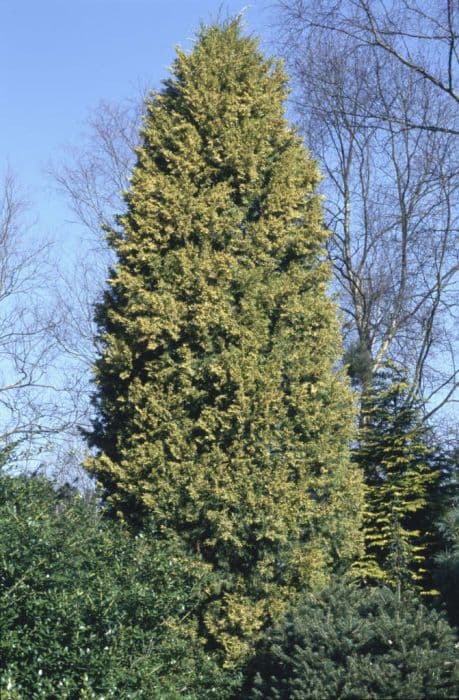
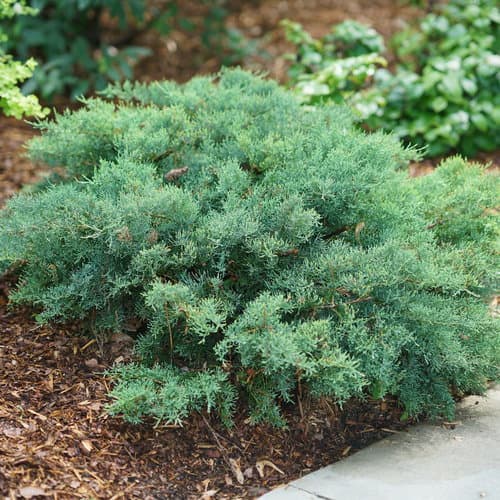
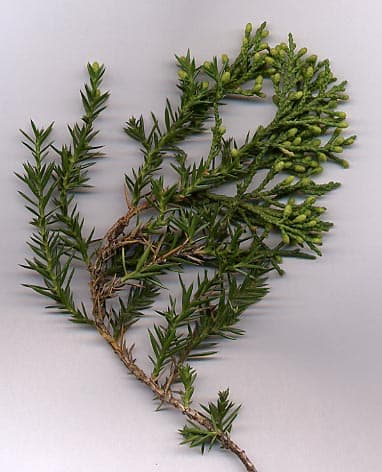
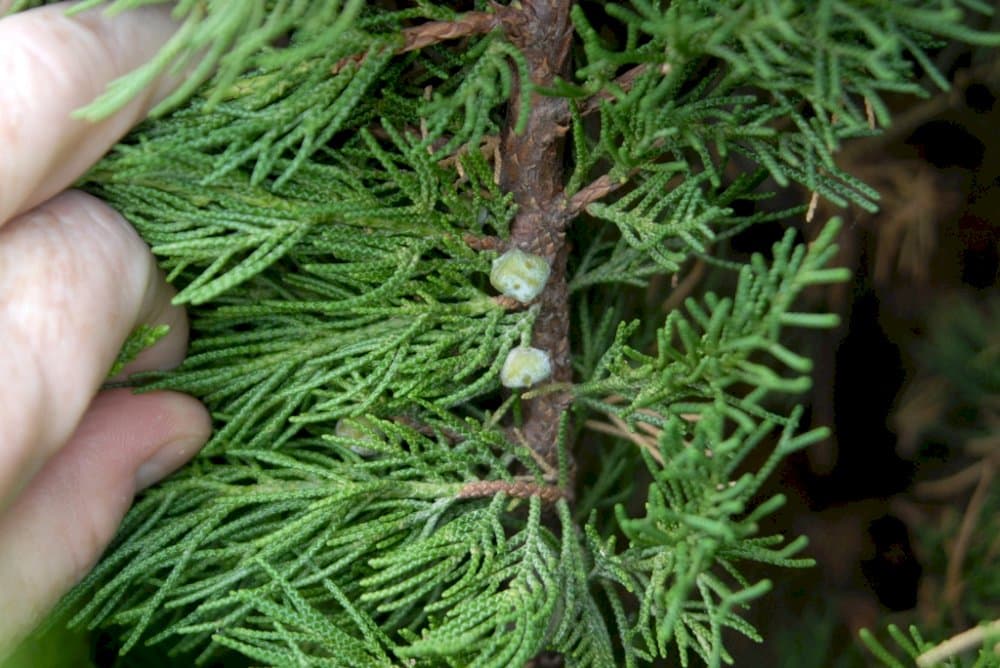

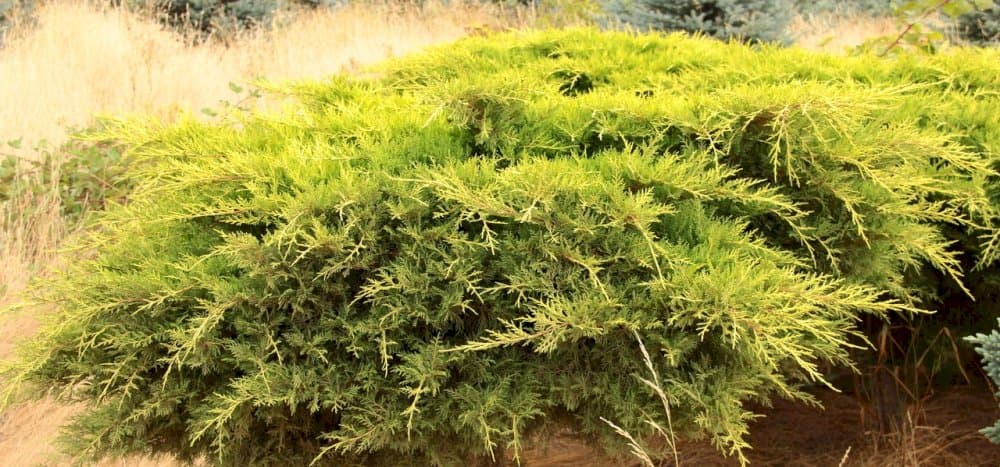
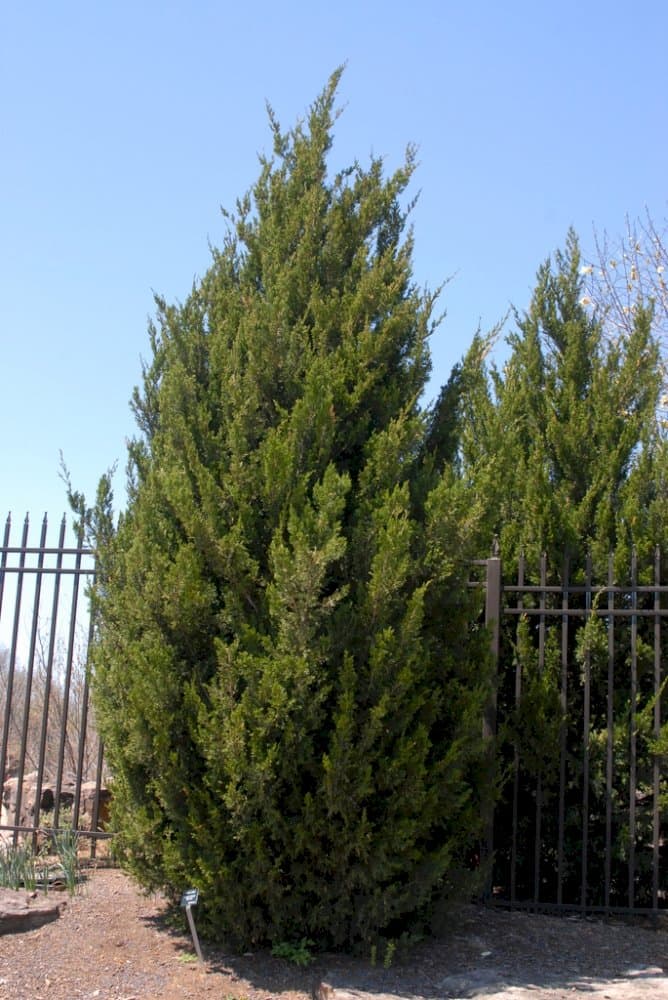
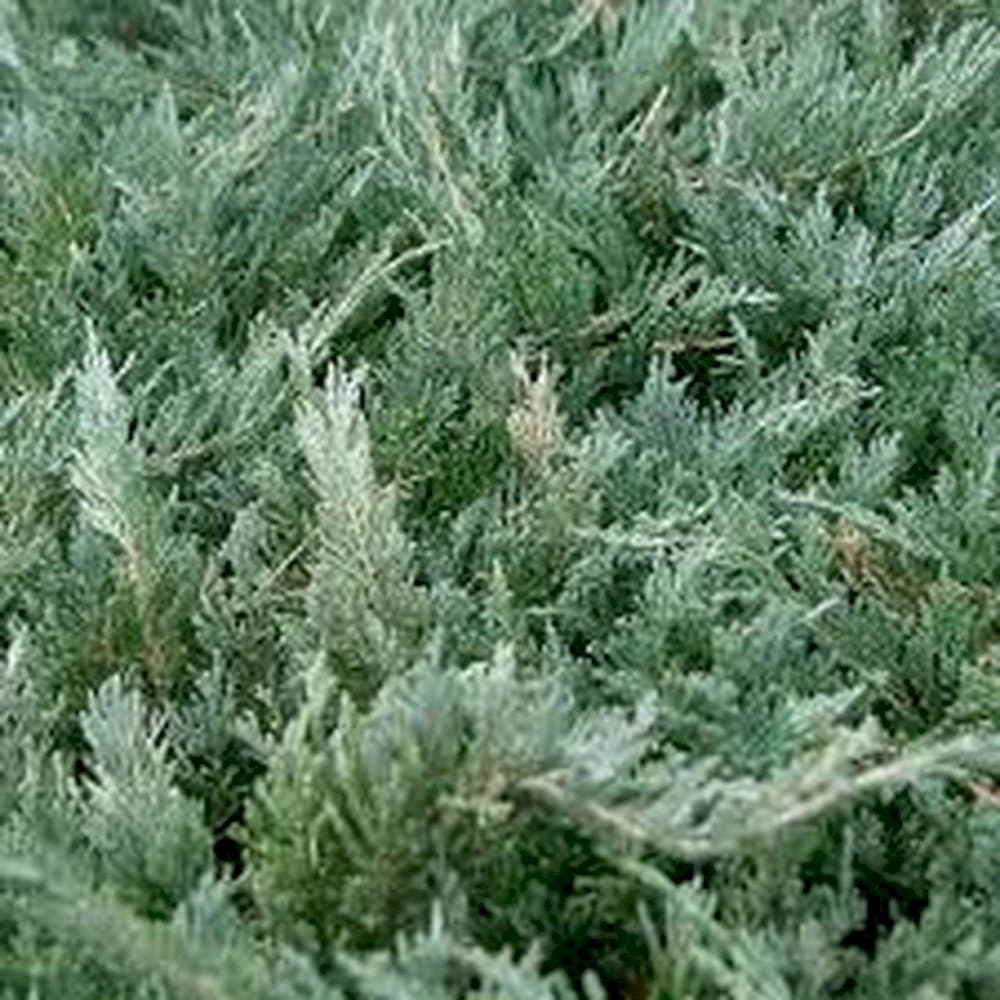
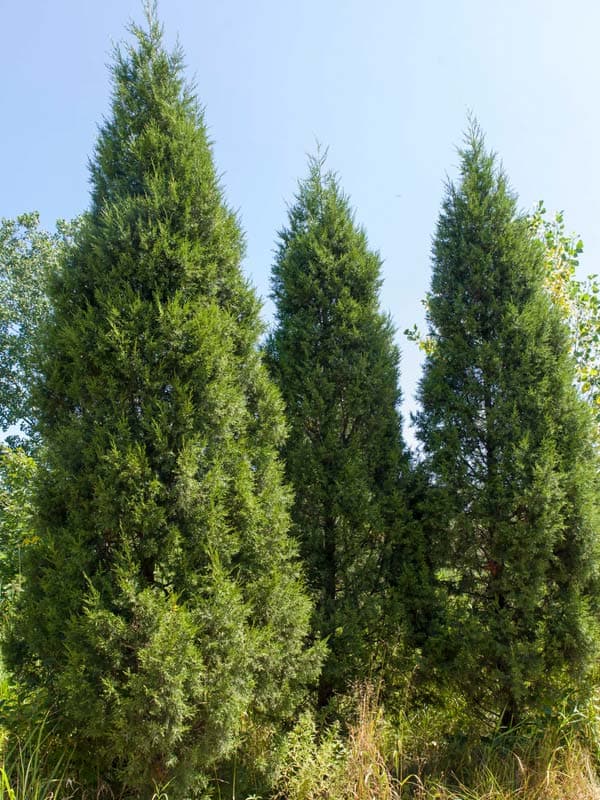

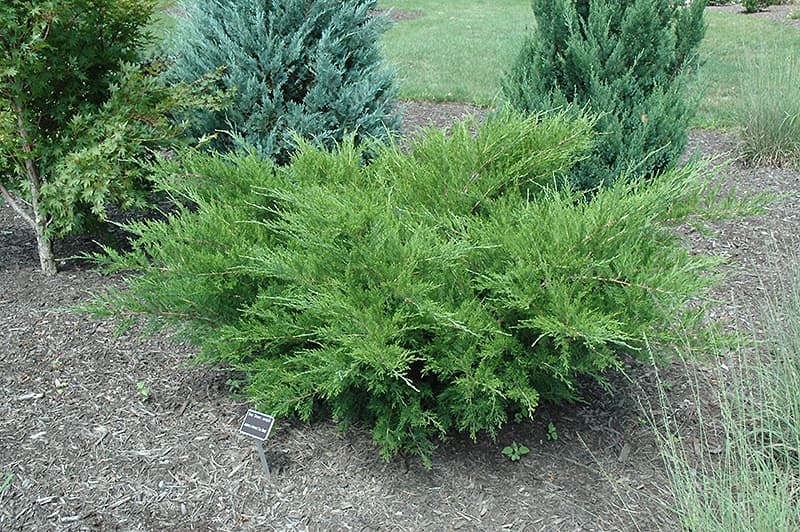
ABOUT
The Juniperus chinensis 'Aurea', commonly known as the Golden Chinese Juniper, is a coniferous evergreen shrub known for its striking foliage. The plants' leaves are needle-like with a soft, feathery texture, and they are arranged in a beautiful, dense spiral pattern along the branches. One of the most distinguishing features of the Golden Chinese Juniper is the vibrant golden-yellow color of its new growth, which contrasts with the slightly bluer or greenish-golden hue of the older foliage beneath. This mix of colors can give the plant a shimmering effect, especially when it catches the light. The foliage of the Golden Chinese Juniper may also display a bronze tone during cooler weather, adding to its visual interest throughout the seasons. Its branches grow in a somewhat horizontal manner, creating a layered appearance that adds depth and structure to the overall shape of the shrub. While young, the plant has a more rounded habit, but it gradually develops into a more upright form as it matures. The bark is typically a reddish-brown color that can sometimes exfoliate in thin strips, providing additional texture to the visual presentation of the plant. The Golden Chinese Juniper also produces small, berry-like cones that can be an attractive blue or black shade, often with a whitish, waxy coating. These berries are a food source for wildlife but are not considered edible for humans. Overall, the plant's rich foliage color and attractive shape make it a popular choice for accent planting, hedges, and even in rock gardens or as a specimen plant in landscaped areas.
About this plant
 Names
NamesFamily
Cupressaceae
Synonyms
Chinese Juniper, Gold Coast Juniper, Old Gold Juniper, Pfitzer Juniper
Common names
Juniperus chinensis 'Aurea'.
 Toxicity
ToxicityTo humans
The Chinese Juniper is generally not considered highly toxic to humans. However, ingesting parts of the plant, particularly the berries, can cause gastrointestinal discomfort, including vomiting, diarrhea, and abdominal pain. It is advised to avoid consuming any part of the plant.
To pets
The Chinese Juniper may cause mild to moderate toxicity if ingested by pets. Symptoms of poisoning in pets can include vomiting, diarrhea, and lethargy. More severe reactions, although less common, could involve issues with coordination or potentially kidney or liver damage. If a pet ingests this plant, it is advisable to consult a veterinarian.
 Characteristics
CharacteristicsLife cycle
Perennials
Foliage type
Evergreen
Color of leaves
Yellow-green
Height
4-6 feet (1.2-1.8 meters)
Spread
5-7 feet (1.5-2.1 meters)
Plant type
Shrub
Hardiness zones
4-9
Native area
China
Benefits
 General Benefits
General Benefits- Landscape Beautification: The Juniperus chinensis 'Aurea', commonly known as the Gold Coast Juniper, has a golden-yellow foliage that adds a splash of vibrant color to landscapes.
- Drought Tolerance: Once established, the Gold Coast Juniper can tolerate dry conditions, making it suitable for gardens in areas with limited water availability.
- Low Maintenance: This plant requires minimal upkeep, with no need for frequent watering or pruning, making it ideal for those seeking a low-maintenance garden.
- Pest Resistance: The Gold Coast Juniper is naturally resistant to many pests, thus reducing the need for chemical treatments.
- Erosion Control: With its dense growth habit, it can prevent soil erosion by stabilizing the soil with its root system.
- Evergreen Foliage: As an evergreen, it provides year-round interest in the garden, even in the winter months.
- Wildlife Habitat: It offers shelter and nesting sites for birds and other wildlife, enhancing biodiversity.
- Privacy Screen: With its dense growth, it can be used to create natural living fences for increased privacy.
- Adaptability: It can adapt to a variety of soil types, though it prefers well-draining soils.
- Windbreak: Its sturdy nature allows it to act as a windbreak, protecting gardens and properties from strong winds.
 Medical Properties
Medical PropertiesThis plant is not used for medical purposes.
 Air-purifying Qualities
Air-purifying QualitiesThis plant is not specifically known for air purifying qualities.
 Other Uses
Other Uses- Culinary Flavoring: The berries of Juniperus chinensis, commonly known as Chinese juniper, can be used to impart a distinct, gin-like flavor to sauces, marinades, and stuffings.
- Aromatic Sachets: Dried foliage and berries can be placed in sachets to provide a natural, woodsy aroma in drawers and wardrobes.
- Landscape Bonsai: Chinese juniper can be cultivated as a bonsai for aesthetic garden displays and artistic expression.
- Wildlife Shelter: The dense foliage provides excellent shelter and nesting sites for birds and other small wildlife.
- Craft Wood: The wood of Chinese juniper can be used in woodworking to create small items such as boxes, ornaments, and even pens.
- Insect Repellant: The strong scent of the foliage can act as a natural insect deterrent when placed in outdoor living areas or hung in bunches near windows.
- Festive Decorations: Branches and berries are often used in wreaths, garlands, and other holiday decorations for their attractive appearance and durability.
- Photography Subject: The plant's unique golden foliage provides an interesting subject for nature photographers, especially in the golden hour light.
- Erosion Control: The dense root system of Chinese juniper helps stabilize soil and prevent erosion on slopes or in areas prone to soil degradation.
- Privacy Screening: When planted in rows, Chinese juniper can act as a natural screen, providing privacy for residential landscapes.
Interesting Facts
 Feng Shui
Feng ShuiThe Golden Juniper, as it is commonly known, can be utilized in Feng Shui by placing it in the east sector of a garden or home to promote health, as the east is associated with the wood element, which governs wellbeing. Its upward growth can symbolize upward growth in life, and its evergreen nature represents longevity.
 Zodiac Sign Compitability
Zodiac Sign CompitabilityThe Golden Juniper is not used in astrology practice.
 Plant Symbolism
Plant Symbolism- Protection: Juniper plants have been traditionally used for warding off evil spirits and providing protection due to their resilient nature.
- Purity: The clean and sharp scent of juniper is often associated with purification and cleansing rituals in various cultures, representing the plant's ability to purify the air and environment.
- Healing: With its many medicinal properties, Juniper symbolizes healing and is used in herbal remedies to treat various ailments.
- Longevity: Junipers are known for their long lifespan and enduring strength, symbolizing longevity and the ability to withstand the challenges of time.
 Water
WaterWhen watering the Golden Juniper, it's important to ensure the soil around the plant is moist but not waterlogged. This plant prefers a moderate amount of water; during the active growing season in spring and summer, water when the top inch of soil feels dry to the touch. Generally, this means watering thoroughly every seven to ten days, depending on the climate and weather conditions. During hot, dry periods, you may need to water more frequently. Provide about 1 to 1.5 gallons of water for each watering session to ensure the root zone is sufficiently moistened. In winter, reduce watering significantly since the plant’s water needs decrease.
 Light
LightThe Golden Juniper thrives best in full sun, where it receives at least six hours of direct sunlight each day. It can tolerate partial shade, but its golden foliage might not be as vibrant. The best spot for the Golden Juniper would be an area with unobstructed sunlight, away from taller plants or structures that could cast too much shade on it. Always consider the plant’s need for ample sunlight when determining its location in the landscape.
 Temperature
TemperatureThe Golden Juniper can handle a range of temperatures, making it quite adaptable. It can survive minimum temperatures down to about -20 degrees Fahrenheit in winter, though it prefers temperatures between 60 to 80 degrees Fahrenheit for optimal growth. The maximum temperature it can tolerate is around 90 degrees Fahrenheit. The ideal temperature range encourages healthy foliage and robust growth for this evergreen.
 Pruning
PruningPruning the Golden Juniper is important for maintaining its shape, encouraging healthy growth, and removing any dead or diseased branches. Prune in late winter to early spring before new growth starts. It's suggested to prune lightly, as heavy pruning can damage the plant. The best time for pruning is when the plant is dormant, reducing the stress on the plant and allowing for a quick recovery.
 Cleaning
CleaningAs needed
 Soil
SoilThe Chinese Juniper 'Aurea' prefers well-draining soil with a mix of one-third peat moss, one-third gritty sand, and one-third garden loam. The best pH for this soil mix should be slightly acidic to neutral, ranging from 5.5 to 7.0.
 Repotting
RepottingChinese Juniper 'Aurea' should be repotted every two to three years or when it becomes root-bound. Spring is the ideal season for repotting to give the plant time to establish before winter.
 Humidity & Misting
Humidity & MistingChinese Juniper 'Aurea' is adaptable to various humidity levels but thrives best with moderate humidity; try to avoid extremely high humidity environments for optimal growth.
 Suitable locations
Suitable locationsIndoor
Provide bright light, cool temperatures, and good air circulation indoors.
Outdoor
Full sun, well-draining soil; protect from harsh winter winds.
Hardiness zone
4-9 USDA
 Life cycle
Life cycleThe life of Juniperus chinensis 'Aurea', commonly known as the Golden Chinese Juniper, begins with seed germination, which occurs when the soil temperature and moisture levels are favorable, typically in early spring. The seedling stage involves the development of the root system and the first photosynthetic leaves which is critical for the plant's subsequent growth and survival. As it enters the juvenile phase, the juniper rapidly increases in size and starts developing its characteristic conical to columnar shape, with bright golden foliage that is maintained throughout the growing season. As the plant matures, it enters the adult stage and begins reproductive development, producing cones; male cones release pollen, while female cones upon pollination develop into berry-like structures containing seeds. Following pollination and seed dispersal, the plant continues its growth cycle, potentially reaching significant ages as junipers are known for their longevity. The Golden Chinese Juniper may also be propagated vegetatively through cuttings, which will develop roots and grow into new mature plants, thus continuing the cycle.
 Propogation
PropogationPropogation time
Spring-Early Summer
The Chinese Juniper 'Aurea' is typically propagated by semi-hardwood cuttings. This method involves taking cuttings from the plant's current year's growth, which has begun to mature but is not fully hardened. The best time for taking cuttings is during late summer to early fall. To propagate by cuttings, a 4 to 6-inch section of semi-hardwood stem is selected and cut just below a node. Leaves on the lower half of the stem are removed, and the cut end is often treated with a rooting hormone to encourage root development. The cutting is then inserted into a well-drained potting mix, ensuring that the nodes where the leaves were removed are buried, as this is where roots will develop. The cuttings are kept in high humidity and consistent moisture until roots have formed, after which they can be potted into individual containers.


![Lawson's cypress [Ellwood's Pillar]](/_next/image?url=https%3A%2F%2Fplants-admin.emdemapps.com%2Fimages%2Fplants%2F%2Fimages%2F604b5d48a28a6.png&w=640&q=75)






